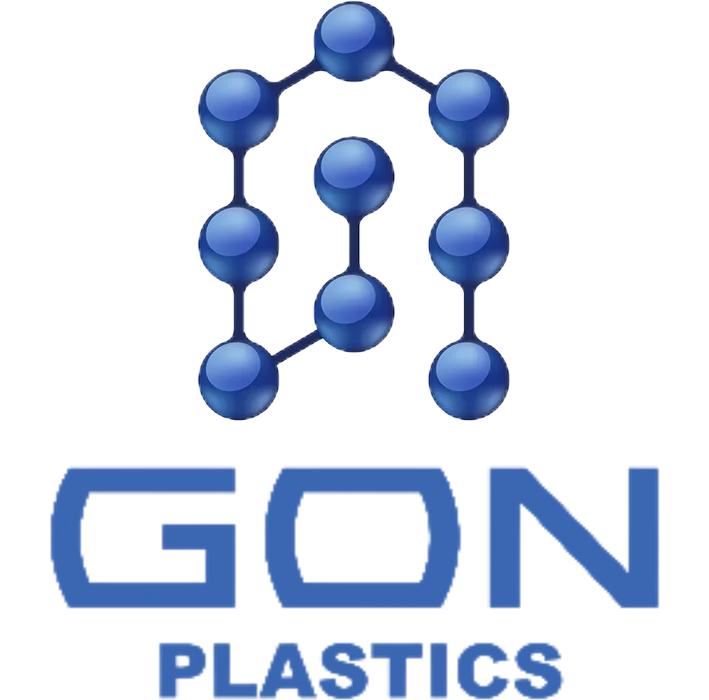What Is The Difference Between Pp Powder And Epoxy Powder
Are you confused about the differences between PP powder and epoxy powder? Look no further! In this article, we will delve into the unique characteristics of each powder coating type and explore their distinct applications. Whether you're a seasoned professional or a curious beginner, this comprehensive guide will provide you with all the information you need to choose the right powder coating for your project. Let's unravel the mysteries of PP powder and epoxy powder together.
PP powder and epoxy powder are two popular types of coatings used in the production of plastic products. While both are effective in providing a protective layer to prevent damage and wear, there are key differences between the two that make them suitable for different applications. In this article, we will explore the characteristics of PP powder and epoxy powder and the advantages and disadvantages of each.
1. Overview of PP powder
PP powder, short for polypropylene powder, is a thermoplastic polymer that is commonly used in powder coating applications. It is known for its high chemical resistance, good impact strength, and excellent thermal stability. PP powder is typically applied through a process known as electrostatic spray deposition, where the powder is charged and sprayed onto a grounded object. The object is then heated to melt the powder and form a smooth and durable coating. PP powder is often used in industries such as automotive, electronics, and household appliances due to its excellent adhesion properties and corrosion resistance.
2. Overview of epoxy powder
Epoxy powder is a thermosetting polymer that is widely used in powder coating applications. It is known for its strong chemical resistance, high mechanical strength, and excellent adhesion properties. Epoxy powder is typically applied through a process known as fluidized bed coating, where the object to be coated is preheated and dipped into a bed of powdered epoxy resin. The object is then heated to cure the powder and form a hard and durable coating. Epoxy powder is often used in industries such as aerospace, marine, and industrial machinery due to its superior resistance to chemicals, heat, and UV radiation.
3. Differences in properties
One of the main differences between PP powder and epoxy powder is their chemical composition. PP powder is a thermoplastic polymer, which means it can be melted and reshaped multiple times without losing its properties. Epoxy powder, on the other hand, is a thermosetting polymer, which means it undergoes a chemical reaction during curing that permanently changes its properties. This difference in composition gives epoxy powder a higher level of chemical resistance and mechanical strength compared to PP powder.
Another difference between PP powder and epoxy powder is their adhesion properties. Epoxy powder has excellent adhesion to a wide range of substrates, including metals, plastics, and composites. PP powder, on the other hand, may require additional surface preparation or primers to ensure good adhesion to certain substrates. This difference in adhesion properties makes epoxy powder a preferred choice for applications where a strong bond is essential, such as in marine and automotive industries.
4. Advantages of PP powder
PP powder has several advantages that make it a popular choice for powder coating applications. Its high impact strength and flexibility make it suitable for applications where resistance to mechanical stresses is important. PP powder is also known for its excellent chemical resistance, making it ideal for use in harsh environments where exposure to chemicals and solvents is common. Additionally, PP powder is easy to process and can be recycled, making it a sustainable choice for environmentally-conscious manufacturers.
5. Advantages of epoxy powder
Epoxy powder also has several advantages that make it a preferred choice for powder coating applications. Its high chemical resistance and mechanical strength make it suitable for applications where durability and protection are crucial. Epoxy powder is also highly resistant to corrosion, making it ideal for use in marine and industrial applications where exposure to moisture and salt is common. Additionally, epoxy powder is available in a wide range of colors and finishes, allowing for customization and design flexibility.
In conclusion, PP powder and epoxy powder are two popular types of coatings used in the production of plastic products. While both have their own advantages and disadvantages, the choice between the two will ultimately depend on the specific requirements of the application. Manufacturers should consider factors such as chemical resistance, mechanical strength, adhesion properties, and sustainability when selecting a powder coating for their products. By understanding the characteristics of PP powder and epoxy powder, manufacturers can make an informed decision that will ensure the long-lasting performance and appearance of their plastic products.
Conclusion
In conclusion, understanding the difference between PP powder and epoxy powder is crucial for making informed decisions in the powder coating process. PP powder is known for its high impact resistance and flexibility, while epoxy powder offers excellent adhesion and corrosion resistance. With 25 years of experience in the industry, our company has the expertise to help you choose the right powder coating material for your specific needs. Trust in our knowledge and experience to achieve the best results for your projects. Contact us today to learn more about our powder coating services.



